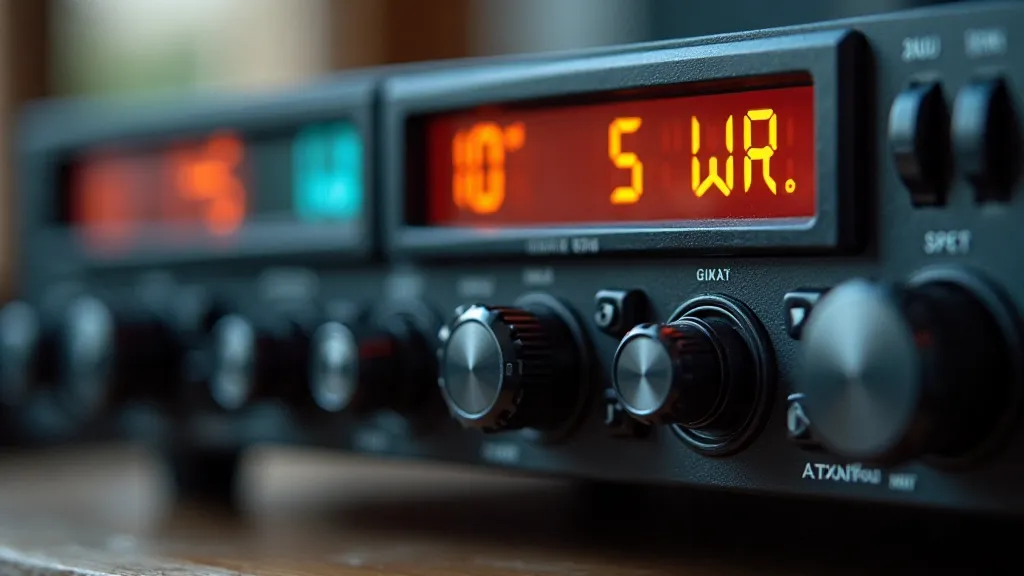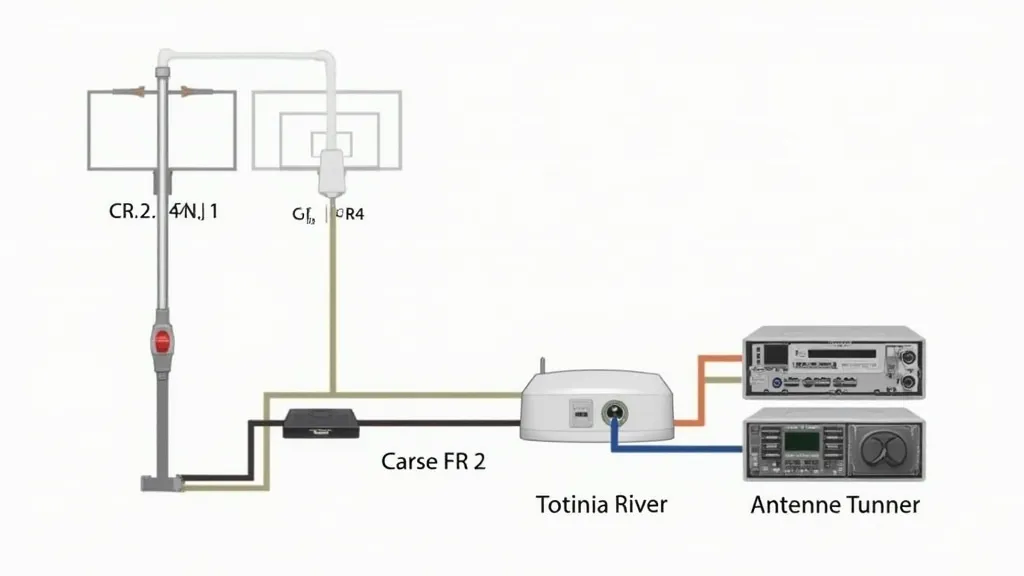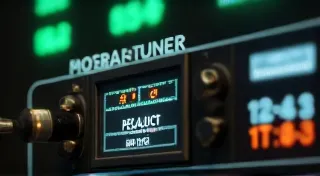Antenna Tuners: Matching Impedance for Optimal Performance
One of the most crucial aspects of efficient radio communication in the amateur radio (ham radio) world is ensuring a proper impedance match between your antenna and your transceiver. While designing antennas for a perfect 50-ohm impedance is ideal, it's often challenging, especially with home-built antennas. That's where antenna tuners, also known as antenna matching units (AMUs), become essential. This article will explain what antenna tuners are and how they contribute to optimal performance.
What is Impedance and Why Does It Matter?
Impedance, measured in ohms (Ω), is the opposition to the flow of alternating current (AC). In radio communication, it represents the resistance and reactance of an antenna system. Transceivers are designed to operate efficiently when connected to a 50-ohm impedance. A mismatch between the antenna's impedance and the transceiver's input impedance causes several problems:
- Reduced Power Transfer: Power will be reflected back towards the transceiver instead of being radiated by the antenna.
- SWR (Standing Wave Ratio) Increase: SWR is a measure of the impedance mismatch. Higher SWR indicates more reflected power and potential damage to your transceiver's final amplifier.
- Transceiver Damage: Repeatedly sending power back into the transceiver can overheat and damage the output stage.
An antenna tuner acts as an intermediary, adjusting the impedance of the antenna system to a level that the transceiver can handle.
Types of Antenna Tuners
There are two primary types of antenna tuners:
- Reactive Tuners: These tuners use combinations of capacitors and inductors to cancel out the reactive component (capacitive or inductive reactance) of the antenna's impedance. They do not add resistance. Reactive tuners are generally less expensive and suitable for antennas that are relatively close to the desired impedance.
- Resistive/Hybrid Tuners: These tuners use resistors in addition to capacitors and inductors. The resistors absorb the reflected power, making them more forgiving when dealing with significant impedance mismatches. They are often preferred for lower-power modes like CW or receiving, or when dealing with antennas that have unpredictable or constantly changing impedance.
Antenna tuners can be either external (located between the transceiver and the antenna) or internal (built into the transceiver). While internal tuners offer convenience, external tuners allow for flexibility in antenna configuration and can be used with multiple radios.

How Antenna Tuners Work
An antenna tuner essentially creates a network of reactive components that “transform” the antenna’s impedance to a manageable 50 ohms. The tuner has adjustable capacitors and inductors that can be tweaked to minimize the SWR.
The process typically involves these steps:
- Connect the antenna to the tuner's antenna port.
- Connect the tuner to the transceiver.
- Use an SWR meter to measure the SWR at the transceiver.
- Adjust the tuner's capacitors and inductors until the SWR is as low as possible.
Modern tuners often have built-in SWR meters, simplifying the tuning process.
Choosing the Right Tuner
When selecting an antenna tuner, consider the following factors:
- Power Handling: Ensure the tuner's power rating is sufficient for your transmitter's output power.
- Frequency Range: Choose a tuner that covers the frequencies you plan to use.
- Type (Reactive or Resistive): Consider the nature of your antenna and the desired level of power absorption.
- Number of Adjustment Controls: More controls offer greater flexibility in tuning.

Beyond the Basics: Matching Networks
While antenna tuners are invaluable, understanding the underlying principles of impedance matching – specifically the creation of matching networks – can help you design antennas that are inherently closer to the desired impedance. This minimizes the amount of tuning required and improves overall system efficiency.

By incorporating the knowledge of antenna tuners and their function, you can build and operate your ham radio systems more effectively, radiating stronger signals and protecting your equipment.





